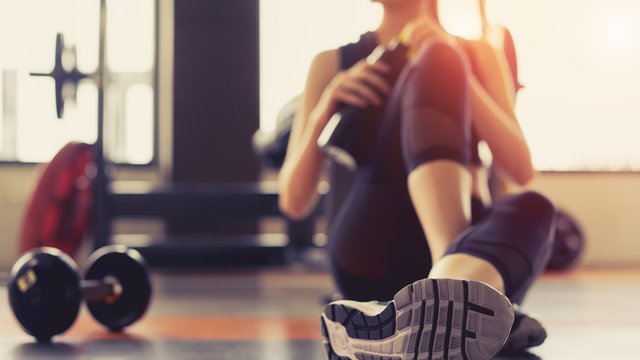
If you maintain a consistent exercise routine of five to six days a week, you probably set aside one or two days to rest completely, without any physical activity.
However, as studied in programmes such as the Master High Performance Sport, the Master in Sports Physiotherapy, or the Online Sports Coaching Course, days of inactivity are now a thing of the past for many athletes. More and more people are adopting the new trend known as active rest day. If you want to know what this routine consists of carry on reading this post.
When maintaining a consistent physical exercise routine, we must consider the importance of rest, both for ourselves and for our muscles. In this regard, there are two approaches to implementing rest: total rest and active rest.
The first approach is to refrain from any activity during the rest period. Active rest, on the other hand, is based on participating in some sporting activity during the relaxation time.
Active rest therefore involves a break from regular exercise but keeps the level of exertion to a minimum. These days, our muscles are kept active through activities that are less intense and demanding than usual.
Active rest continues to bring benefits to the body without demanding the same effort as daily training sessions. And, at the same time, it allows the body to recover between one day and the next.
This type of recovery is gaining popularity because of the advantages it offers. Some of the benefits of active rest, which would not be provided by complete rest, are as follows:
There are many activities that can be carried out to practise active recovery, with different levels of intensity. Some of the most practised are, for example:
On the other hand, during active rest days, it is advisable to take care of your diet, eating nutritious food that is high in protein, complex carbohydrates and antioxidants. It is also important to maintain adequate hydration with water or electrolyte-containing drinks.
Active rest is essential to improve the various factors of athletic performance. In addition, some athletes find it essential for several reasons:
Active rest is essential in the physical preparation of athletes who train intensively and consistently. Therefore, taking time to rest is essential for the recovery of the body after training, muscle strengthening and injury prevention.
If you want specialised training in sport, which allows you to learn in depth about the benefits of active rest, check out the sport master's degrees offered by the Universidad Europea.